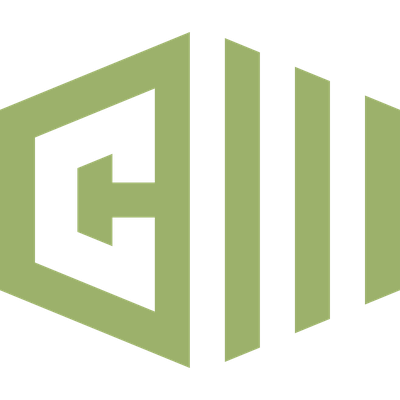The Development of Unit Measurement: A Focus on Length Conversions
The concept of measurement has been an integral part of human civilization, evolving to meet the needs of societies throughout history. As cultures developed, so did their requirements for consistent measurements to facilitate trade, construction, and scientific inquiry. Among various types of measurements, length has played a pivotal role, especially in the fields of engineering, architecture, and navigation. This essay delves into the evolution of unit measurement with a particular emphasis on length conversions.
The Historical Context of Measurement
Measurement began in ancient civilizations, where people relied on body parts as natural references. The foot, for example, was originally based on an average human foot. Other units, such as the cubit, derived from the length of a forearm, allowed early builders and craftsmen to create structures that were proportionate and functional. However, these measurements varied significantly from one region to another, leading to confusion and inconsistency.
As societies evolved, the need for standardized measurements became increasingly apparent. The ancient Egyptians saw the establishment of the royal cubit, a standardized length based on the Pharaoh's forearm, which was used in building the pyramids. Similarly, the Romans introduced the mile, which was essentially a measure of a thousand paces for a Roman soldier. Despite these advancements, the lack of uniformity persisted across different cultures and governments.
The Metric System: A Revolutionary Leap
The pivotal moment in the history of measurement occurred during the French Revolution when the need for a standardized system became urgent. In 1791, the French Academy of Sciences was tasked with creating a system that could be universally adopted. This led to the development of the metric system, which was based on the decimal system, aiming for simplicity and ease of use.
The metric system defined the meter as one ten-millionth of the distance from the North Pole to the equator, providing a universal reference point. This innovation allowed for consistent length measurements that could be easily converted. The adoption of the metric system across various countries throughout the 19th and 20th centuries simplified scientific communication and trade, as everyone could rely on the same set of measurements.
Length Conversions in the Modern Era
With the establishment of standardized units such as the meter, the issue of length conversions became increasingly relevant, particularly in an interconnected world where diverse measurement systems coexisted. For instance, while the metric system is used globally, some countries like the United States still predominantly use the Imperial system, which includes units like inches, feet, and miles.
This discrepancy necessitated the development of length conversion formulas. For example, one inch is equivalent to 2.54 centimeters, and one foot equals 0.3048 meters. These conversion factors help bridge the gap between different systems, enabling engineers, architects, and everyday individuals to navigate the complexities of measurement with ease. Furthermore, advancements in technology have facilitated the creation of online conversion tools and apps, allowing for instantaneous conversions and promoting accuracy in communication.
The Importance of Consistent Measurement
Accurate measurement and length conversions are vital in various fields, from construction and manufacturing to scientific research. In engineering, precise measurements can mean the difference between a structure's integrity and potential failure. In the realm of science, consistent measurement standards allow researchers to share and validate their findings across global collaborations.
The significance of measurement extends beyond practical applications. It symbolizes the human endeavor for clarity, consistency, and understanding in a world often characterized by confusion and ambiguity. As we continue to advance technologically and culturally, the evolution of measurement systems invites ongoing reflection on the tools we use to make sense of our environment.
Conclusion
In conclusion, the development of unit measurement, particularly regarding length conversions, highlights a remarkable journey from ancient practices rooted in human anatomy to the globally recognized metric system. As societies demand greater precision and uniformity, the evolution of measurement reflects humanity's quest for clarity and understanding. With the continual advancements in technology and communication, the importance of consistent and standardized measurements will only grow, shaping the future of science, engineering, and daily life.





Have a discussion about this article with the community:
Report Comment
We're doing our best to make sure our content is useful, accurate and safe.
If by any chance you spot an inappropriate comment while navigating through our website please use this form to let us know, and we'll take care of it shortly.
Attachment
You need to be logged in to favorite.
Log In